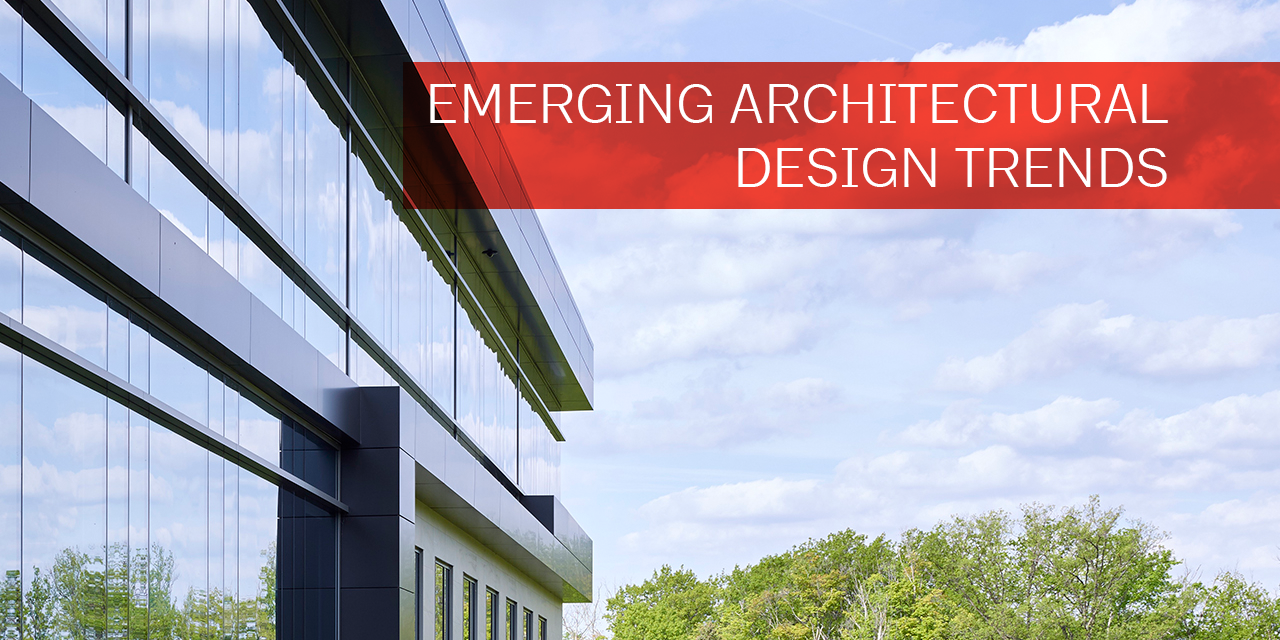As technology evolves at an exponential rate and end-user demands continue to change with the times, the architectural industry naturally responds by providing innovative design year after year. Watch for these emerging design trends to transform our communities in the coming year.
High Technology Soars
In Holland, the world’s first 3D-printed concrete bridge opened in 2017. As 3D-printed construction projects move beyond experimentation and into actuality, we’ll see a huge shift in how it’s used in large-scale developments. And automated construction will complement the 3D printing revolution by providing increasingly more productivity and sustainable cost-efficiency. Automation will provide better workflow, higher safety levels, and a faster, more satisfactory end result for the client.
Eco-Friendly, Expanded
Simply building with eco-friendly materials doesn’t cut it anymore. We’re now seeing experimentation in building with materials far beyond concrete and steel—think soil-based structures and buildings made of living materials. The trend in interior design is to make interior spaces appear as if they’re one with nature. Expect this to translate to more natural light and sweeping grand atria designs. And watch for buildings to become more green from the outside, with vertical gardens and green rooftops, in, with an increased focus on design elements such as green walls.
Millennials in Mind
Architectural design will continue to be shaped by the desires of the Millennial generation. You’ll see small, modern, multifunctional and minimalist apartments designed specifically for young people who are waiting longer to marry and often living in shared housing with friends. Spaces are constructed to be used for more than one activity, specifically to accommodate the growing trend toward freelance work from a home workspace.
Changing Face of Retail
As brick-and-mortar stores continue to take a hit from online shopping, retailers have to find new ways to innovate. Developers have picked up on shoppers’ desire for smart malls, outfitted with an integrated e-commerce element along with sustainable features designed to reduce the building’s carbon footprint.
Bring the Indoors Out
When it comes to residential design, outdoor areas are evolving far beyond decks, balconies and patios. Now home cooks can construct an entire kitchen in their backyard, or create an actual outdoor living room—with indoor furniture!—to enjoy life under the stars. Fireplaces will replace fire pits as the reigning champion of outdoor living.
Smart Home Revolution
Smart home technology is now the norm. Homeowners expect remotely heated homes, wireless sound systems, lighting systems that respond to human activity, and smart appliances. And this extends beyond just new construction to older buildings being retrofitted to include advanced technological features.
Return to Roots
After years of modernism as the prevailing architectural concept, architects are now looking back to their countries’ roots for inspiration to create structures that encapsulate a cultural identity. You’ll see firms combining old and new technologies to create innovative buildings that are inspired by and built for their particular environments.

